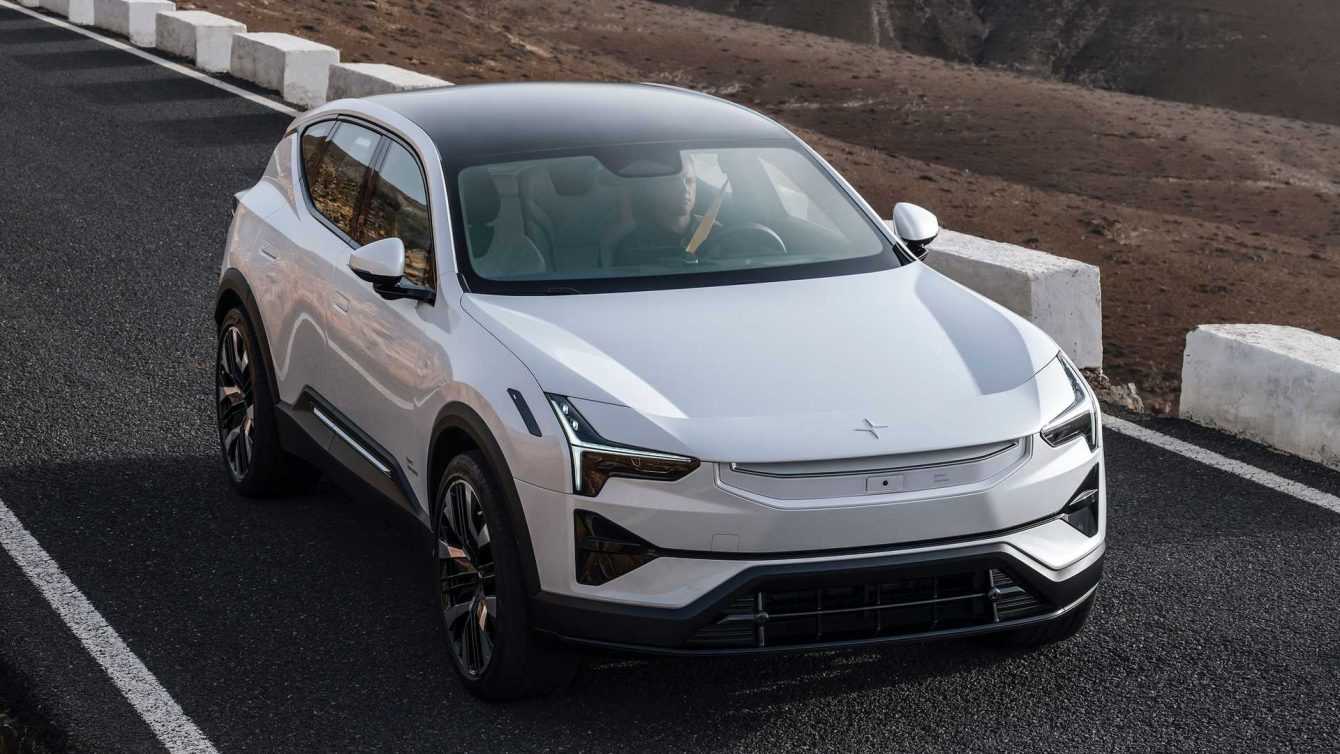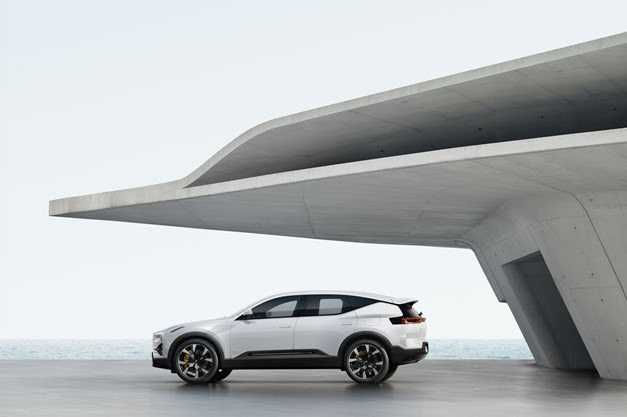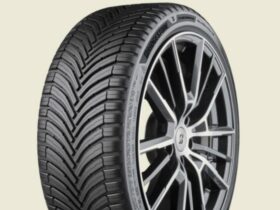Polestar 3 reduces its carbon footprint to 24.7 tCO2e by reducing aluminum and battery-related emissions
Polestar produces electric cars high range which combine minimalist design, innovative technology and sustainable solutions, making them the ideal and distinctive choice for those seeking eco-sustainable performance. The result of this commitment is a total carbon footprint from start to finish of the Polestar 3 production cycle, Polestar's first high-performance electric SUV, lower than that of the more compact Polestar 2, introduced on the market in 2020, with 24.7 tCO2e versus 26.1 tCO2e. This shows that even for large SUVs it is possible to take measures to reduce their impact on the climate.
Most greenhouse gas (GHG) emissions come from the extraction and processing of various materials, with three components – aluminium, steel and batteries. The Life Cycle Assessment (LCA) report for Polestar 3 shows that the production and refinement of materials contribute to the 68% of the carbon footprint from the beginning to the end of the production cycleof which aluminum represents 24%, iron and steel 17% and the production of battery modules 24%.
Polestar aims to implement existing solutions, promote emerging solutions and actively address what is currently considered unsolvable. Available solutions may concern the purchase of aluminum produced with renewable electricity while emerging solutions may involve the use of steel produced with renewable energy and completely new solutions may concern electronics, tires and thermoplastics.
The approach to achieving the ambitious production cycle target for Polestar 3 has learned from the reductions in Polestar 2's carbon footprint. As a result, 81% of Polestar 3's total mass production of aluminum, of lithium-ion battery modules and the production of anode and cathode materials use 100% renewable electricity. In this way, 8.5 tCO2e were eliminated.


Polestar 3: the reduction of the carbon footprint comes from different parts of the world
Initially produced in the factory Volvo Cars of Chengdu, Chinaproduction will also start in South Carolina, USA, in mid-2024. Both production plants use renewable electricity 100%. A separate LCA will be produced for cars produced at this plant.
Fredrika Klarén, head of sustainability at Polestar, said:
Most of a vehicle's greenhouse gas emissions come from the extraction and processing of materials. As we accelerate the adoption of electric cars, we can do a lot to reduce emissions related to their production and strengthen the role of innovations and electric cars as a climate solution, Polestar 3 is a testament to this.
The report LCA offers complete transparency on the car's environmental impact. LCA was calculated using three different types of electricity and a lifetime mileage of 200,000 km. The methodology for assessing the electricity usage phase has been updated and now includes more realistic IEA (International Energy Agency) scenarios that take into account larger shares of renewable energy, underlining their potential to reduce electricity emissions. the car during the use phase.
For the first time in a Polestar LCA, vehicle maintenance is included in the calculations. The carbon footprint of the car's entire life cycle varies between 28.5 and 44.5 tCO2e, depending on the electricity used to charge the vehicle during its life cycle. For further news from the world of motors and beyond, continue to tune in to techgameworld.com.















Leave a Reply
View Comments